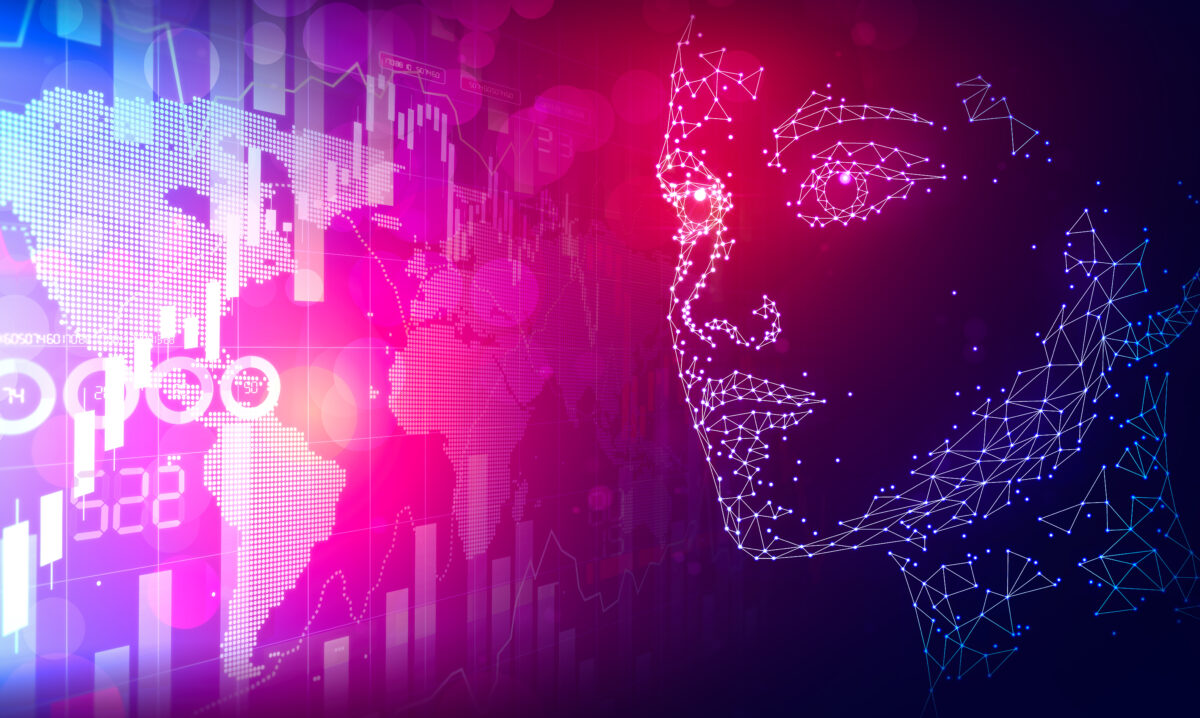EndoTech.io: Why AI Doesn’t Work for Investing … Yet

Artificial intelligence (AI) has taken over the financial industry. For many sectors, giving you an edge over the competition is no longer a luxury, but rather a necessity for your business to survive. However, one sector is yet to take over investment.
When you say this, the clock is ticking and it is only a matter of time before AI finds its place in the investment market according to Dr. Anna Beckerco-founder and CEO of EndoTech.io, the alternative investment platform. With over 20 years of experience in the trading market, Dr. Becker spoke to The Fintech Times about why AI is not yet working in investing, as far as surpassing human trading decisions.
Why AI Doesn’t Work for Investing…yet

Scientists know Bloomberg and Johns Hopkins recently announced the creation of BloombergGPT. It is the world’s first major language model AI system trained specifically on financial data and information. Bloomberg’s project is an exciting first step towards developing LLMs for the financial world.
This technology, the same type of technology behind ChatGPT, has the potential to improve market analysis and investment decisions. But that’s still not enough to deliver on the elusive goal of beating the market. For that, we need a new kind of AI – as the current approach to neural networks and deep learning, even advanced ones like LLMS, is clearly not working.
Why AI hasn’t worked yet in financial trading
AI has beaten players in chess, learned to drive vehicles and composed beautiful works of literature. But AI systems that perform market trades and investments have yet to outperform humans, at least on a consistent and reliable long-term basis. For example, since its launch in 2017, AIEQ has delivered 40 percent returns to its investors. Compare this to the 72 percent gain on the S&P 500 Total Return Index, and it shows there’s still some way to go. Although since 2023 began, AIEQ is ahead of the S&P 500 on returns.
While artificial intelligence can help human traders and financial advisors get information about markets and related topics, such as tax code changes, quickly, it hasn’t really surpassed them when it comes to trading. This is because deep learning, at the heart of most AI approaches today, is not suitable for financial markets. Successful deep learning-based models rely on millions of data points for training. They are tasked with creating a specific output, for example writing an essay, or identifying tumors on MRI images.
Note that this is quite different from how humans perform tasks; as humans cannot store millions of data points. They instead base their decisions and actions on fewer inputs. This is why deep learning AI is more accurate and faster than humans in many use cases.
But when it comes to financial trading, there is not enough data available for accurate deep learning; the data points are in the thousands, not the millions. And there is not a clear understanding of the goal because there is a lack of consensus about what actually drives financial markets and what rules, if any, they follow. For example, some say that market behavior is based on efficiency; others believe that the markets follow economic fundamentals, and still others believe that the movements are completely random.
Echoing the noise, rather than creating direction
In addition, unlike creating articles or images, when it comes to investing, AI must not only imitate the world, it must make decisions about the future with many changing parameters. It must give a yes-or-no answer and play a zero-sum game; this is a much different task than creating an essay.
At most, today’s AI-based trading signals give us little information beyond market sentiment, or the general sentiment or attitude of the crowd towards a particular asset. This is not sufficient to make the best decision; this does not tell us to go with or against market sentiment; to buy or sell. It’s simply a more accurate way to track how the herd is moving.
A new approach to AI
The key to leveraging AI for trading is using it to know whether to go with market sentiment or against it. To do that, we need a system that works like the intuition of a human trader, taking into account many different factors and deciding what is the most advantageous move in a given situation. This means that we need to move away from deep learning models and focus on systems based on causal networks.
Causal networks analyze decision making, the reasons behind decisions and the success of specific decisions in certain specific situations. They can answer what-if questions. To invest, these types of systems can consider dozens of different elements, including support and resistance levels and candlestick charts, and take them all into consideration to determine what to do to have the highest probability of the desired outcome.
These systems use the latest AI techniques, connecting a vast web of elements; give proper weight to each element; and help to find the causal relationship between them. Advances such as self-awareness, which allow inputs to interact with each other, play a key role in this final step.
Current advancements to a 50-year-old concept
Although causal networks have existed since the 1970s, they have experienced advances in recent years. They have a new potential due to new forms of linked analyses, as well as more accurate and comprehensive elements. Each element can contain machine learning. Other types of technology, including pattern recognition similar to what a computer can do with computer vision by analyzing handwriting, help the system better understand and evaluate each item.
How causal networks will advance trade and our understanding of the market
In addition to thinking like a trader, AI systems must be able to immediately and automatically execute trades and other movements. If signals are simply given to investors to act on, it will be too late. Such a powerful automated tool, which can also be tailored to the level of risk that investors want to take, will turn financial trading from a guessing game to a math-based hunt. Returns will more reliably match the level of risk taken, potentially pushing Sharpe ratios higher than we’ve ever seen.
Because computer scientists understand the inner workings of causal networks, the deployment of these systems is likely to deepen our understanding of how financial markets work and help shed light on the age-old debates about what really moves markets. This type of artificial intelligence is not a black box, a challenge facing many major language models, including ChatGPT, and fueling fears of the unpredictable and dangerous behavior of machines.
The fintech sector needs to realize that we do not fully understand what drives market movements. Therefore, we cannot crack commerce with deep learning, as we have done for typing and self-driving cars. Rather, we need to build a system that works like human intuition, weighing the likely consequences of various actions based on our knowledge and experience. But this system will be more accurate and faster than the human brain, outperforming even the most talented financial traders and giving us new insights into how the markets work.
























